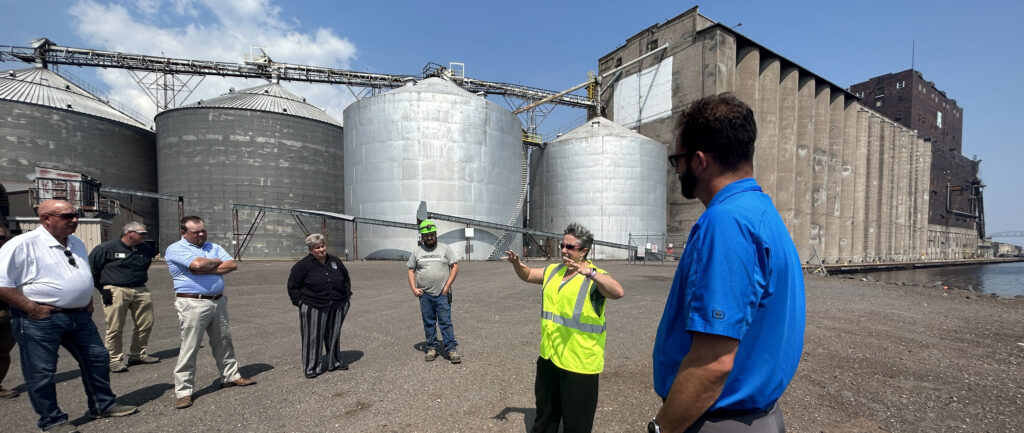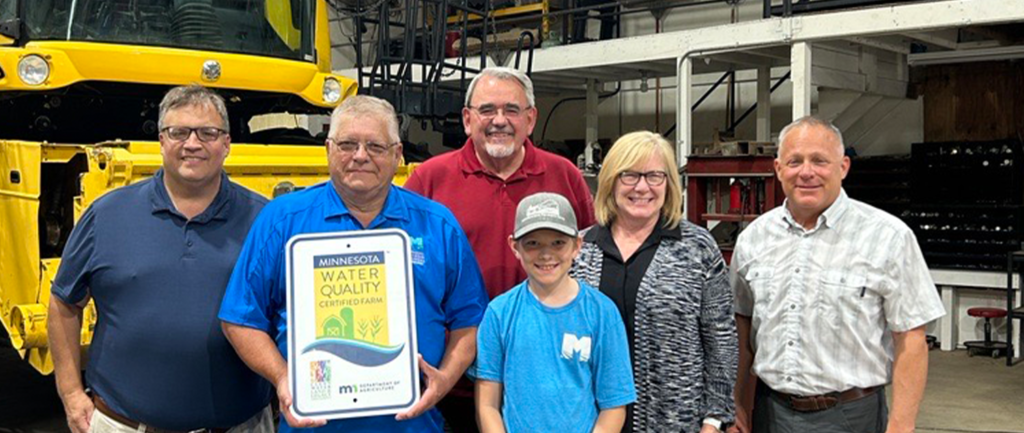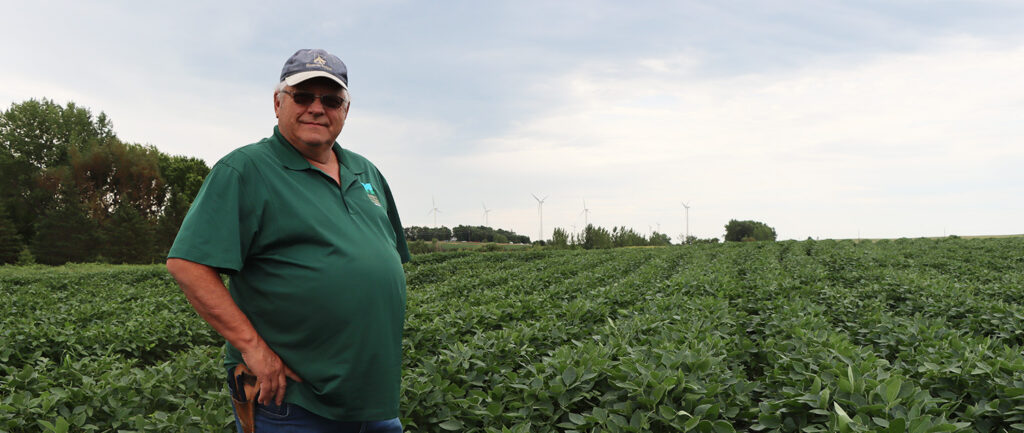During the 2024 legislative session, Minnesota lawmakers passed a supplemental bill in the second year of the biennium that will modify the definition of the state’s public waters. The bill also appropriated $8 million to the Department of Natural Resources (DNR) across eight years to update the Public Water Inventory (PWI) for the first time since the 1980s.
“We opposed the decision in the Limbo Creek case and strongly defended against language in the bill and were disappointed that it passed,” said Joe Smentek, executive director of the Minnesota Soybean Growers Association (MSGA).
The policy won’t officially take effect until 2027, affording MSGA a window to work with ag groups and lawmakers to tweak the language in future sessions – starting in 2025 – to create more regulatory certainty and protect soybean farmers and landowners.
“We’re going to closely monitor any further changes that happen at the legislature,” Smentek said.
During the 2024 legislative session, Smentek testified multiple times about MSGA’s concerns surrounding the definition of the PWI.
“Our farmers like the regulatory certainty that the Public Waters Inventory gives,” he said. “We like to see a process where these maps are fixed so our farmers have regulatory certainty and aren’t subject to lawsuits.”
Since the legislation passed, the process of updating the PWI maps is taking its first steps in being introduced across the state. During an Oct. 2 webinar, leaders from the DNR explained the rollout and outline of updating the PWI. In an introduction, Melissa Kuskie, DNR’s deputy director of Ecological and Water Resources, cautioned that the legislation doesn’t outright change the definition of public waters. The intent, she said, is to update and clarify the PWI map and receive feedback from citizens.
“Our update efforts should not be considered a broad overhaul (to the PWI),” she said, adding, “It’s a big undertaking.”
The PWI – which is a separate determination from the federal Waters of the United States (WOTUS) – derived from a 1979 directive for the DNR to assemble county maps and lists of water bodies in Minnesota that met the statutory definition in Minnesota Statute 103G.005. The original PWI was completed in the mid-1980s and has since been converted digitally. The DNR will continue updating the maps throughout the process, which includes hiring a team of hydrologists and including feedback from citizens through meetings in each Minnesota county and a public comment period.
In 2022, the Minnesota Supreme Court – in a lawsuit filed by MSGA and other ag groups – concluded that the upper portion of Limbo Creek in Renville County met the statutory definition of a public water and required an Environmental Assessment Worksheet for a proposed drainage project. However, the Court declined to address the finality of the public waters inventory due to the consequences in MSGA’s “friend of the court” brief and instead deferred the matter to the Minnesota Legislature. The legislature considered this exact scenario in 2015 after then Gov. Mark Dayton announced his buffer proposal. In discussing which waters needed buffers and which did not, the drafting of a law that was clear enough to be enforced and not unconstitutionally vague was shown to be difficult. Currently, 99% of Minnesota farmers are in compliance with the buffer law.
MSGA President Darin Johnson encouraged growers to stay engaged and offer feedback during the PWI update process.
“Farmers should go the DNR’s website and get updates when their counties are involved so they can give input on what should and shouldn’t be put on the map,” he said. “As a grassroots organization, we feel it’s important that farmers get involved at the local level on the decisions being made in their areas.”
Click here to sign up for updates on the PWI and to view the webinar. The DNR expects the project to begin in earnest in January 2025, and MSGA will continue advocating for stronger regulatory certainty.
“There are still many details of the process yet to be finalized,” Randall Doneen, DNR section manager of conservation assistance and regulation, said during the webinar. “There will certainly be opportunities for conversations.”




